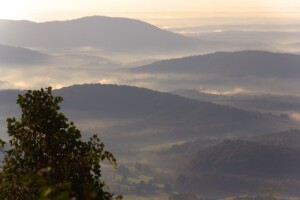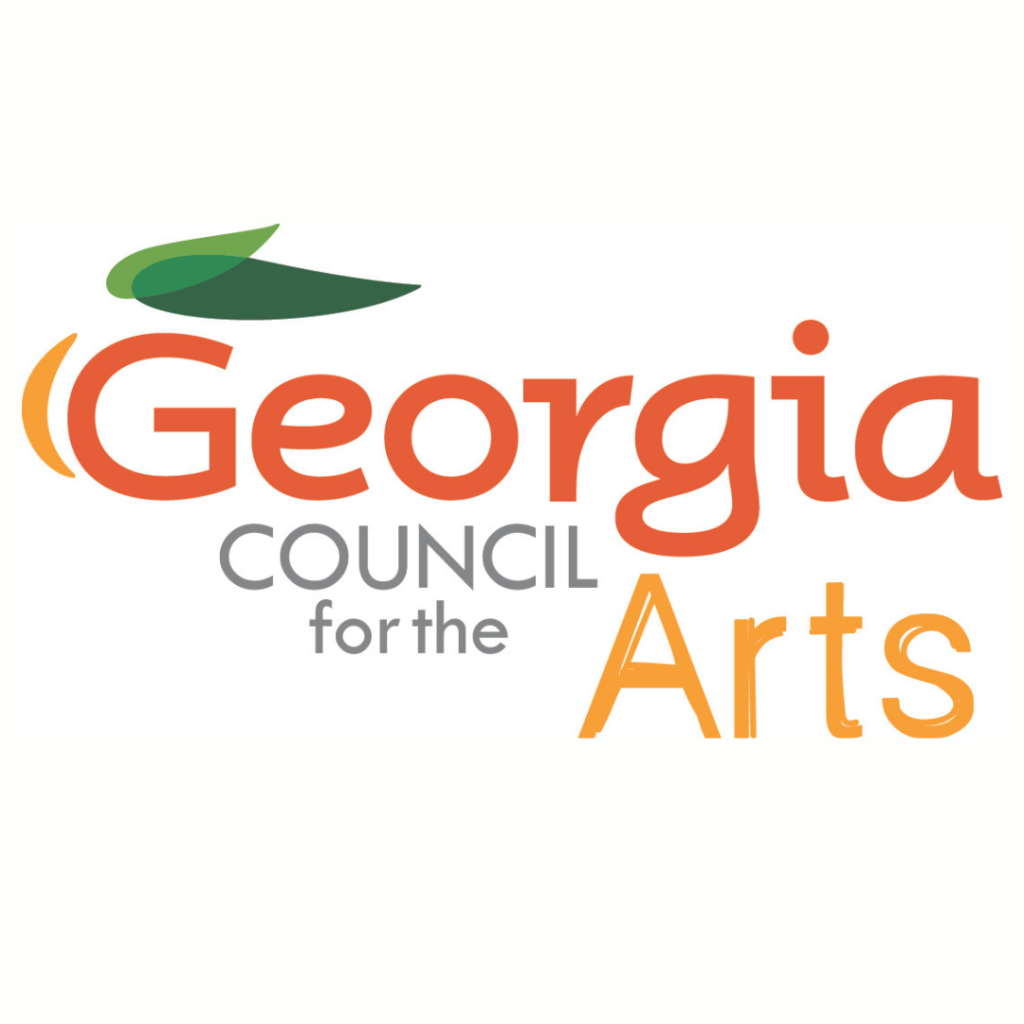Preserving Georgia’s Land
 I was in St. Simons recently at Barbara Jean’s restaurant, having the shrimp salad sandwich and crab bisque I always get when I visit, when a printed flyer caught my eye. A certain percentage of proceeds from my meal evidently supports the St. Simons Land Trust (SSLT). What an ingenious concept. This could be replicated in communities statewide!
I was in St. Simons recently at Barbara Jean’s restaurant, having the shrimp salad sandwich and crab bisque I always get when I visit, when a printed flyer caught my eye. A certain percentage of proceeds from my meal evidently supports the St. Simons Land Trust (SSLT). What an ingenious concept. This could be replicated in communities statewide!
As many times as I’ve been to Barbara Jean’s, I’m embarrassed to admit this is the first time I’ve heard about the program, an extension of a concept hatched in collaboration with The Cloister in 2001. Back then it was $2 a night from The Cloister and $.25 per meal from Barbara Jean’s. It rebranded as Pennies for Preservation in 2020 (the new formula donates a penny per dollar) and now more than 50 local businesses participate. As of April, it has raised a million dollars for conservation.
There has been a 118% increase in land trusts in Georgia since 2010, according to the Land Trust Alliance.
The funding helps preserve in perpetuity the beautiful Oatland canopy, some 70 acres of marsh-front forest that helps connect other protected properties to create a “wilderness corridor” along 500 protected acres of marshlands. Partners include the University of Georgia Marine Extension, College of Coastal Georgia, Georgia Department of Natural Resources (DNR), The Nature Conservancy, Sapelo Island National Estuarine Research Preserve, Georgia Forestry Commission, Coastal Georgia Historical Society, Little St. Simons Island and many other institutions. The funds also help purchase and manage properties such as Cannon’s Point and the property that formerly belonged to the Murrah family. The Nature Conservancy holds and monitors the conservation easement on these combined 643 acres.
SSLT is one of many land trusts in Georgia helping to maintain our quality of wildlife through land conservation and management. Land trusts often hold the land and transfer it to conservancies for management – or to the state or federal government to be used as a park or historic site. The aim of the stakeholders is primarily to preserve the land’s original state, although agreements can be tailored to include limited development and use.
There has been a 118% increase in land trusts in Georgia since 2010, according to the Land Trust Alliance. Some, like the Central Savannah River Land Trust in Augusta, which preserves nearly 10,000 acres of land, and the Chattahoochee Riverlands Trust for Public Land project, which has protected 18,000 acres of riverfront, are for conservation and public use. Some might limit the land to agricultural use. Others, such as community land trusts, exist to help create affordable housing. There is the national Trust for Public Land, and there are regional multistate entities like the Georgia-Alabama Land Trust.
The Nature Conservancy, Georgia Conservancy, Georgia Wildlife Federation and Georgia Forestry Service work closely with the DNR to preserve around 1 million acres of land as wildlife management areas. WMAs can include multiple partners and entities participating, such as families and timber companies. The difference is that WMAs aren’t held in perpetuity.
In Northwest Georgia, 14,000 acres owned by the Neel family were leased for 46 years to the DNR for the Pine Log WMA. The property will likely be developed. The stakes are high, and the situation has drawn attention to the fact that many WMAs in Georgia are in private hands and could face a similar fate.
It’s a lot on the state to take on this project – though it does have a steady source of revenue for land conservation in the Outdoor Stewardship Act, passed in 2018 to dedicate a portion of outdoor sports sales tax to land acquisition. Since 2019 it has raised more than $97 million.
Hopefully an arrangement with whomever buys and develops Pine Log will preserve a considerable portion as greenspace. But there is a cautionary tale here: It can come as a shock to learn that while Georgia has 24.8 million acres of forests, more than 90% of that is privately owned.
Georgia is blessed with a number of large foundations, many with sustainability goals geared toward conservation. Ceylon WMA consists of 24,000 acres in Camden County that were purchased a few years ago using Georgia Outdoor Stewardship funds as leverage to garner support from the Woodruff Foundation, The Nature Conservancy, the U.S. Navy and other entities. Collectively, they amassed the full purchase price.
These kinds of megadeals take a lot of time and a lot of skin in the game. It might not be a bad idea for hospitality businesses connected to this eco-economy to take stock of their own nearby natural resources and take a tip from Barbara Jean’s. Small change can have a big impact, even on big projects.







